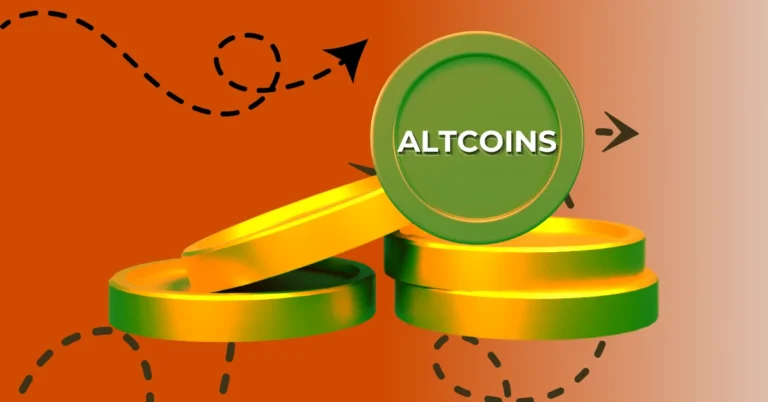Lately, there has been much discussion about the implications of MiCA in Europe on non-compliant stablecoins like Tether (USDT).
Understanding MiCA and Its Implications
Recently, the Markets in Crypto-assets Regulation (MiCA) has been a hot topic of discussion in the financial world. MiCA is a proposed regulation in Europe that aims to create a comprehensive regulatory framework for crypto-assets, including stablecoins. This regulation is designed to provide legal clarity and consumer protection in the rapidly growing crypto market.
One of the main concerns surrounding MiCA is its potential impact on non-compliant stablecoins like Tether (USDT). Tether is one of the most widely used stablecoins in the world, but it has faced scrutiny over its lack of transparency and regulatory compliance. If MiCA is implemented, Tether and other non-compliant stablecoins could face stricter regulations and potentially be banned from operating in Europe.
The Impact on Tether and Other Stablecoins
For Tether, the implications of MiCA could be significant. If Tether is found to be non-compliant with the regulations set forth in MiCA, it may be forced to cease operations in Europe or make significant changes to its business practices to comply with the new rules. This could have a major impact on the stability of the cryptocurrency market, as Tether is a key player in the industry.
Other stablecoins may also be affected by MiCA. Those that are found to be non-compliant with the regulation may face similar consequences, leading to a shake-up in the stablecoin market. This could create uncertainty and volatility in the crypto market as investors react to the changing landscape.
How MiCA Will Impact Individuals
For individuals, the implications of MiCA on non-compliant stablecoins could be felt in a number of ways. If stablecoins like Tether are banned or restricted in Europe, it may become more difficult to use these coins for transactions or investments. This could lead to a shift towards more regulated stablecoins or traditional forms of currency for everyday use.
Additionally, the increased regulation of stablecoins could provide consumers with greater confidence in the market, as they will have clearer guidelines and protections when using these assets. This could help to reduce the risk of fraud and increase overall trust in the cryptocurrency market.
The Global Impact of MiCA
While MiCA is a European regulation, its implications could be felt on a global scale. As one of the largest cryptocurrency markets in the world, Europe’s regulations often influence other countries’ policies and guidelines. If MiCA is successful in regulating stablecoins effectively, we may see similar regulations implemented in other regions to ensure consistency and stability in the crypto market.
Furthermore, the impact of MiCA on non-compliant stablecoins like Tether could create ripple effects throughout the entire cryptocurrency industry. As one of the most widely used stablecoins, Tether’s potential downfall could lead to market fluctuations and changes in investor behavior around the world.
Conclusion
In conclusion, the implications of MiCA on non-compliant stablecoins like Tether are vast and far-reaching. If MiCA is implemented, it could have a significant impact on the stability and regulation of the cryptocurrency market. Individuals may need to adapt to new regulations and consider alternative forms of stablecoins for transactions and investments. On a global scale, the effects of MiCA could influence other countries’ policies and reshape the cryptocurrency landscape as we know it.




